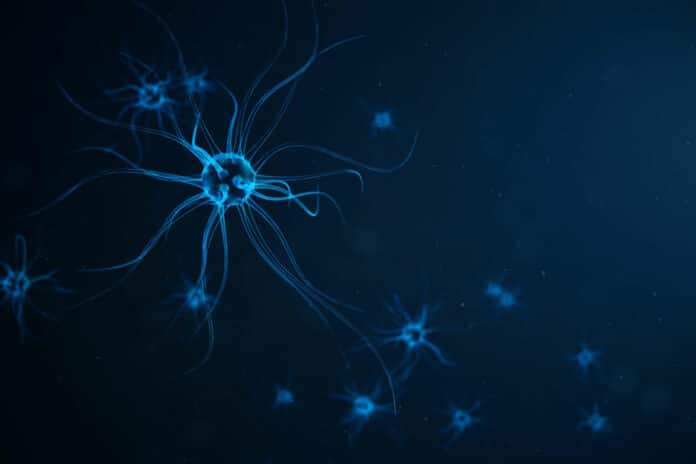In a groundbreaking study, scientists have successfully regenerated neurons in mice, restoring walking abilities after paralysis caused by spinal cord injury. This significant achievement offers promising prospects for potential treatments and therapies in spinal cord injury rehabilitation.
Scientists from UCLA, the Swiss Federal Institute of Technology, and Harvard University conducted a study in mice. They found a crucial way to help mice recover after a spinal cord injury. They discovered that the mice could regain their abilities when they made specific neurons grow back to their natural places. Random regrowth didn’t work as well.
In a 2018 study in Nature, the same team found a way to make tiny fibers called axons regrow after a spinal cord injury in rodents. These axons are like wires that connect nerve cells and let them bond. But even though they could make these axons grow back, getting the mice to recover their functions entirely was still a big challenge.
In a recent study published in Science, scientists wanted to see if they could help mice with spinal cord injuries walk again by making certain nerve cell fibers grow back to where they should be. First, they used advanced genetic analysis to determine which nerve cell groups are essential for walking. They found that making these fibers grow back on their own didn’t help the mice walk better.
However, when they used chemical signals to guide these fibers back to their proper place in the spine, the mice with complete spinal cord injuries showed significant improvement in their ability to walk.
Michael Sofroniew, MD, Ph.D., professor of neurobiology at the David Geffen School of Medicine at UCLA and a senior author of the new study, said, “Our study provides crucial insights into the intricacies of axon regeneration and requirements for functional Recovery after spinal cord injuries. It highlights the necessity of regenerating axons across lesions and actively guiding them to reach their natural target regions to achieve meaningful neurological restoration.”
Scientists believe that making specific nerve cells grow back to their proper places could be a promising way to help larger animals and even humans recover from spinal cord injuries. However, they acknowledge that this process might be more complicated in giant animals and humans.
It requires careful planning about where and when the regeneration happens. Nevertheless, they are hopeful that their approach could be used not only for spinal cord injuries but also for other nervous system problems, and it could provide a meaningful way to repair damaged nerves.
The implications of this study are profound, suggesting that with further research and development, it may be possible to apply similar neuron regeneration techniques to human patients with spinal cord injuries. While much work must be done before such treatments become a reality, this study represents a significant step forward in restoring mobility and quality of life to those with paralysis caused by spinal cord injuries.
Journal reference:
- Jordan W. Souair, MarcoA Milano. Recovery of walking after paralysis by regenerating characterized neurons to their natural target region. Science. DOI: 10.1126/science.adi6412.
